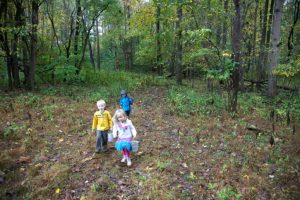
free images Hagerty Ryan
This week’s class, we looked into design thinking, open data, and citizen science. There was a lot going on and in reflecting on it, I found myself inspired for an activity to do with my kindergarten class should online classes go ahead. Normally, in Spring, our class would go for daily, morning walks in our neighbourhood. It is normally a highlight for the students as many of them do not seem to get outside enough. I was already thinking about the problem of how to get my students out into the neighbourhood, learning about nature and our community. Maybe it is not quite a wicked problem as it need not be a one-shot operation and I retain the right to make room for trial and error.
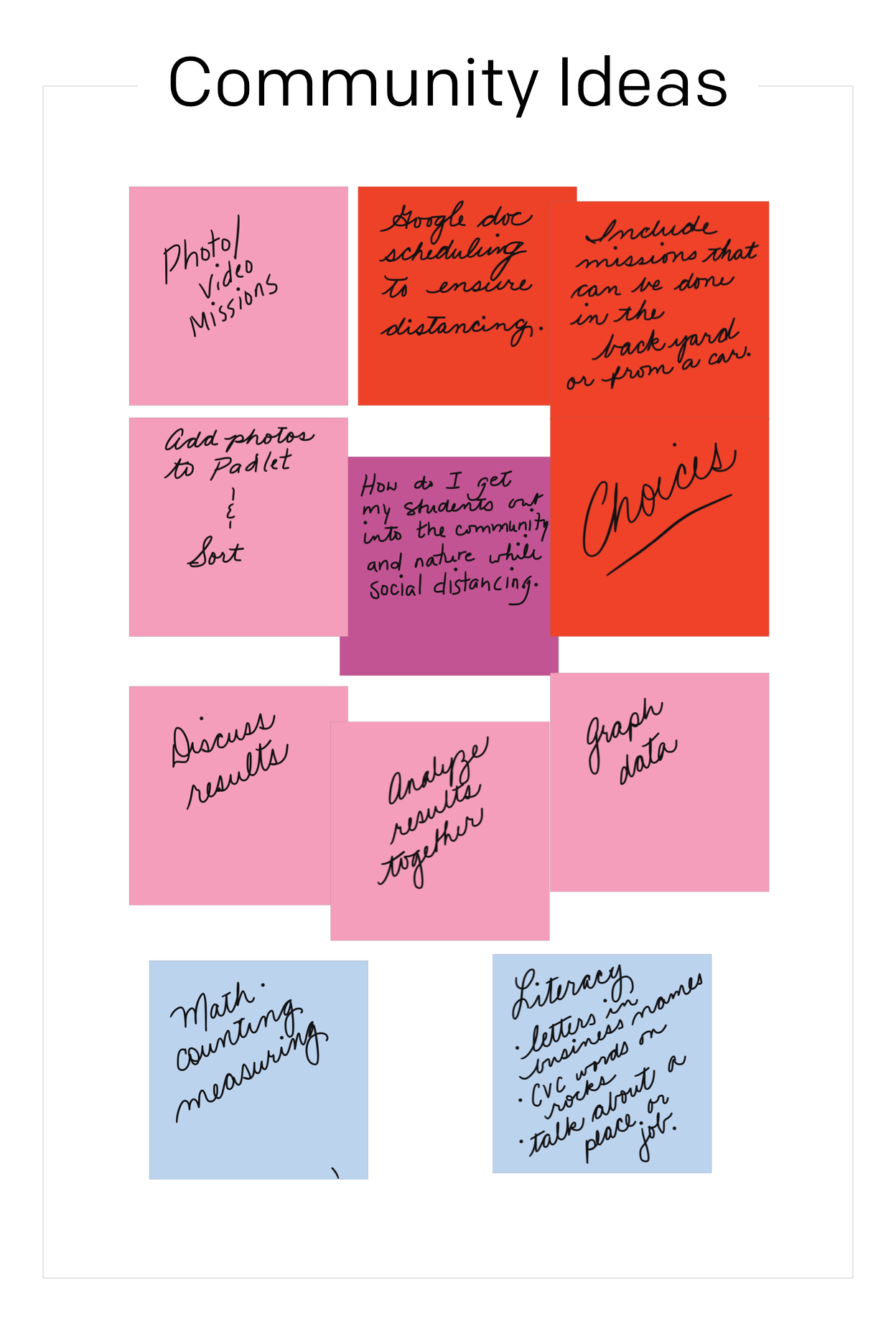
T. Westwood
When I saw the Project Noah Website, the wheels began to turn for an outdoor activity or set of outdoor activities for my students that would address the science, math, social studies curriculum that we usually approach each Spring. What if I gave my students a photo or video mission each week? Then I thought about the Padlet we used in class this week and thought that might be an easy way to share and sort our photos and videos. Perhaps a different mini-mission for each day of the week.
Because of social distancing, I would need to create a schedule for arriving at certain destinations so students are not clustering at any one place at any one time. Other potential problems would include: children cannot find an adult willing to take them out; children do not have access to digital tools; or the province goes into lockdown and children are not permitted to leave home. The third one would be likely be the biggest one, but being in the suburbs, many of our students have access to backyards. Perhaps, I could make missions accessible while staying in a car. Many of our students have access to back yards. Many of our students have access to technology at home. We may have to share the data of fewer children but it would still be fun to talk, draw, and write about.
Now the websites that we looked at this week were focused on citizen science and data collection. I would not be able to monitor the data collection of my students so we could not contribute to any public citizen science projects, but we certainly could look at the photos together, talk about whether they had photographed the same squirrel more than once, or if they had thoroughly searched an area for insects. We could analyze, sort, and graph our own data and talk about how accurate we think it is.
Anyway, I digress.
What kinds of digital tools promote and encourage critical thinking?
In Kindergarten, we encourage critical thinking through provocations. We could give them deep questions to explore, or we could start with their wonderings and help them formulate deep questions to explore. We could give them a solution and ask them to find out how to get there, or we can give them access to materials to create and invent. Children come into kindergarten at different stages. Some walk in with a well developed growth mindset, ready to experiment, explore, try, fail, and try again. On the other hand, some have never learned how to lose or fail, or to try something on their own, or to persist.
So what digital tools promote and encourage critical thinking? What digital tools act as provocations? The most significant tool we have handed children in kindergarten is a tablet such as iPad. A study by Couse and Chen (2010), found that not only can young children learn quickly how to use a tablet to represent their ideas and learning, but also that they were seldom frustrated with setbacks and persisted in their work. When you hand an iPad to child, they are happy to play with it. The brightly coloured little icons and tactile functions are easy to use independently. It seems that most children readily adopt a growth mindset when it comes to digital technology.
Of course, there are many ways a child can interact with an iPad that engage little critical thinking. But even games can leave space for critical thinking. I am not referring to educational software that would be characterized as review-and-drill games. Games for children that encourage critical thinking require players to create something and/or make decisions that contribute to the story; this could be as simple as creating your character or avatar (Ellison & Solomon, 2018).
In kindergarten, digital tools that enable children to express their thinking include speech to text technology, cameras, video recording, voice recording, and fun expression apps such as Draw and Tell, PuppetPals HD, and ChatterPix Kids. These tools, once they know the basics to use them, are engaging provocations. When it came to PuppetPals HD, all I did was point it out and show one child the basics. Soon there was a crowd of four and they were all playing, learning, and creating a story together. It is important to give them a chance to play with technology.
The tools that allow them to explain their thinking with their own voice recording eliminate the mechanical barrier of printing which, for developing writers, can be time consuming and interrupts the process of expressing their thinking. Tools that allow them to express their thoughts with pre-made images or stickers eliminate the mechanical barrier of drawing which, for children still developing fine motor skills, also affects the fluidity of expression (Arrowood & Overall, 2004).
So what tools promote and encourage critical thinking in Kindergarten? The best tools for kindergarten are the ones that spark curiosity and wonder, the ones that motivate and encourage persistence, and the ones that facilitate expression.
Bibliography
Arrowood, D., & Overall, T. (2004). Using Technology to Motivate Children to Write: Changing Attitudes in Children and Preservice Teachers. Proceedings of SITE 2004–Society for Information Technology & Teacher Education International Conference (Pp. 4985-4987). Atlanta, GA, USA: Association for the Advancement of Computing in Education (AACE)., 4985–4987.
Buchanan, R. (1992). Wicked Problems in Design Thinking. Design Issues, 8(2), 5–21. JSTOR. https://doi.org/10.2307/1511637
Couse, L. J., & Chen, D. W. (2010). A Tablet Computer for Young Children? Exploring its Viability for Early Childhood Education. Journal of Research on Technology in Education, 43(1), 75–96. https://doi.org/10.1080/15391523.2010.10782562
Ellison, T. L., & Solomon, M. (2018). Digital Play as Purposeful Productive Literacies in African American Boys. The Reading Teacher, 71(4), 495–500. https://doi.org/10.1002/trtr.1657
Rosling, H. (2006). The best stats you’ve ever seen. https://www.ted.com/talks/hans_rosling_the_best_stats_you_ve_ever_seen
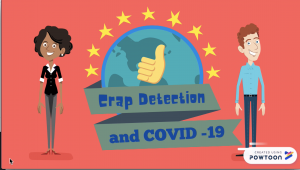

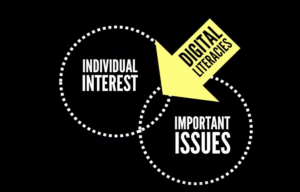


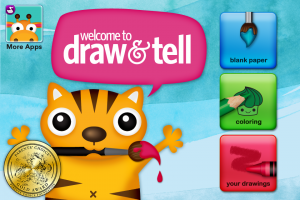

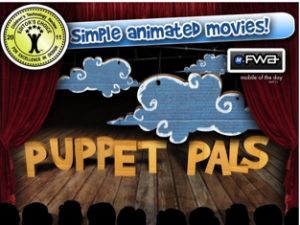
Recent Comments